In 2025, LinkedIn is no longer just a digital resume—it’s a strategic platform for leadership visibility, business growth, and brand building. For founders and executives, personal branding on LinkedIn is not optional; it’s a competitive advantage.
Whether you’re looking to attract investors, recruit top talent, build industry credibility, or drive B2B growth, a strong LinkedIn presence can open the right doors. It humanizes your company, extends your thought leadership, and gives your mission a face.
In this article, we’ll explore actionable strategies for LinkedIn personal branding for founders and executives, helping you build influence, trust, and long-term value.
Why LinkedIn Personal Branding Matters for Leaders
As a founder or executive, your personal brand directly impacts your company’s reputation. People follow people—not just logos. Your insights, voice, and leadership philosophy matter.
Here’s why LinkedIn is essential:
- Investor Confidence: VCs and partners often vet founders through LinkedIn before or after an initial pitch. A compelling presence can validate your expertise and vision.
- Recruitment: Top talent is drawn to visionary leaders. A consistent personal brand helps attract candidates aligned with your culture and mission.
- Sales and Partnerships: Decision-makers research company leaders before deals. Executive visibility builds trust and opens doors to strategic alliances.
- Media and Speaking Opportunities: Journalists and event organizers seek visible thought leaders. LinkedIn is often where they discover them.
The Foundations of a Strong LinkedIn Personal Brand
1. Optimize Your Profile for Credibility and Clarity
Your profile is the foundation of your personal brand. It should be professional, clear, and aligned with your company’s mission and your leadership style.
Checklist for a strong LinkedIn profile:
- Professional Headshot: A high-quality, confident photo (not a selfie or casual image). Dress appropriately for your industry.
- Headline: Go beyond your title. Include what you do and the value you provide.
Example: “CEO | Building the future of climate tech | Passionate about clean energy and scale” - About Section: Tell your story. Why did you start your company? What drives you as a leader? Use a conversational tone.
- Experience: Focus on achievements, not just roles. Highlight impact, metrics, and key milestones.
- Custom URL: Clean up your profile link (e.g., linkedin.com/in/yourname).
2. Share Your Vision and Values Consistently
Leaders are storytellers. Use LinkedIn to articulate your company’s mission, your leadership principles, and your vision for the future.
Content ideas that build trust:
- Why you founded your company
- Lessons learned from leadership challenges
- Commentary on industry trends
- Reflections on team growth and culture
- Updates on product or fundraising milestones (shared with humility)
Tip: Consistency beats perfection. Posting once or twice a week is better than disappearing for months.
3. Be Visible During Milestones—But Stay Humble
Announce key moments—like funding rounds, major hires, product launches—but frame them around team effort, customer impact, or broader industry implications.
Example post style:
“Excited to announce we’ve raised our Series A to accelerate our mission of making logistics more sustainable. Immensely proud of our team, grateful to our investors, and focused on what’s next.”
Avoid: Bragging, vague hype, or overused jargon. Speak with authenticity and gratitude.
4. Engage with Others Like a Human, Not a Brand
LinkedIn is a two-way conversation. Don’t just post—engage. Comment thoughtfully on others’ content, especially peers, employees, partners, and industry leaders.
Why it matters:
- Boosts your visibility
- Builds community and goodwill
- Signals you’re approachable and active
Pro Tip: End your posts with a question to invite comments (e.g., “Curious—how are other founders navigating hiring in remote-first teams?”)
5. Showcase Your Team and Company Culture
Your personal brand isn’t just about you—it’s about the people and purpose behind your business. Share behind-the-scenes glimpses of your team, culture, or values.
Ideas:
- Celebrate employee wins and milestones
- Share your hiring philosophy
- Highlight how your company lives its values (e.g., sustainability, DEI, innovation)
- Discuss what you’re learning from your team
This builds a magnetic employer brand, especially for mission-driven talent.
6. Use Rich Media and Formatting to Stand Out
Break up text with spacing, emojis (sparingly), bullet points, or line breaks. Use images, PDFs, or short videos to tell richer stories.
Examples:
- A video message reflecting on your startup journey
- A carousel slide explaining your company’s impact
- A graph or photo from a team offsite or event
Visual content performs better and helps people remember you and your message.
Common Mistakes Founders & Executives Make on LinkedIn
Avoid these pitfalls:
- Over-promoting your company without offering personal insight
- Only posting during funding or hiring cycles
- Being overly formal or robotic
- Ignoring DMs or thoughtful comments from your network
- Letting someone else write all your posts—people can tell
Tip: It’s fine to get help (e.g., from a ghostwriter or marketer), but make sure your voice and values still shine through.
LinkedIn Metrics That Actually Matter
Don’t obsess over likes. Focus on:
- Profile Views – Who’s finding and visiting your page?
- Connection Requests – Are relevant people reaching out?
- Engagement Quality – Are investors, customers, or peers commenting?
- DMs and Opportunities – Is your content leading to real conversations?
Remember: One strategic message from the right person is more valuable than 1,000 likes from random followers.
Examples of Strong Executive LinkedIn Presence
1. Whitney Wolfe Herd (Founder, Bumble)
Authentic, mission-driven, and vocal about women’s leadership and tech culture.
2. Dharmesh Shah (CTO, HubSpot)
Balances humor, deep insights, and startup wisdom in highly shareable formats.
3. Arlan Hamilton (Founder, Backstage Capital)
Uses LinkedIn to amplify underrepresented voices and reflect her investor thesis.
4. Guillaume Moubeche (CEO, lemlist)
Builds in public, shares revenue transparently, and teaches marketing with energy.
Study what these leaders do right—and adapt it to your authentic voice.
Conclusion: People Follow People, Not Logos
In a world of endless ads and automation, authenticity stands out. For founders and executives, LinkedIn isn’t just a place to share updates—it’s where you influence, inspire, and attract opportunity.
You don’t need to be a thought leader with millions of followers. You just need to show up with clarity, honesty, and consistency. Over time, your voice will build trust—and trust is the currency that fuels leadership, growth, and lasting impact.
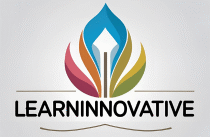
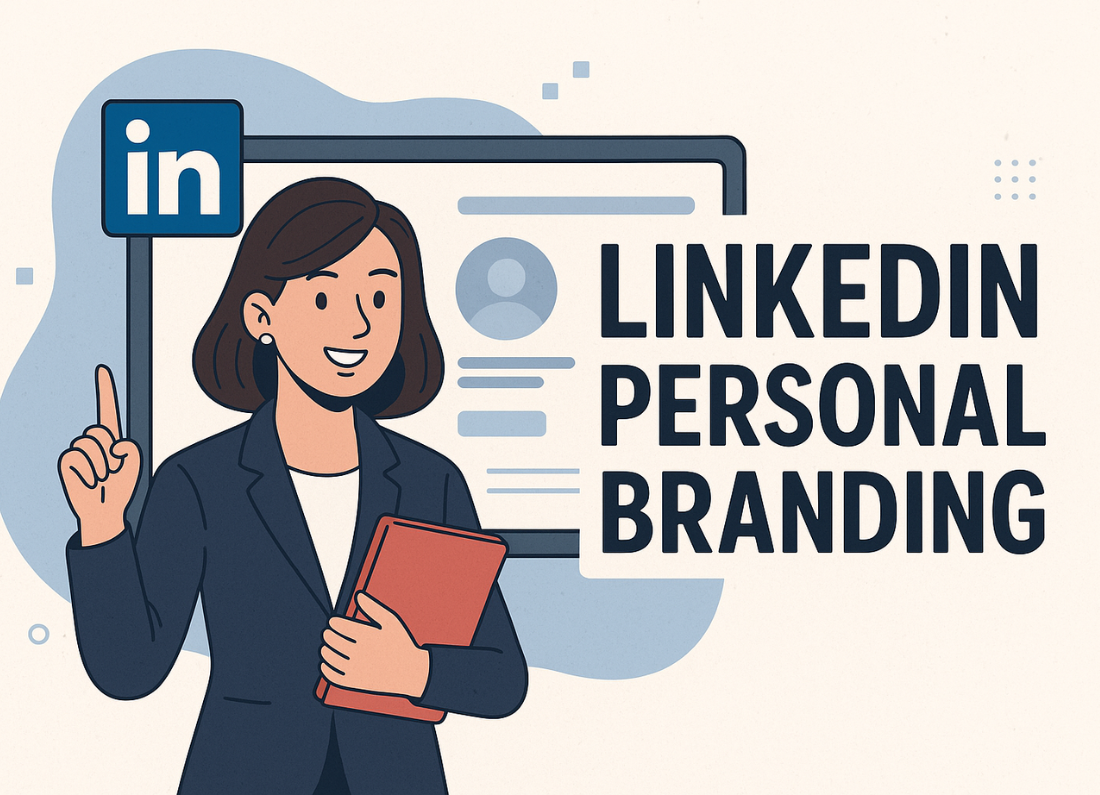

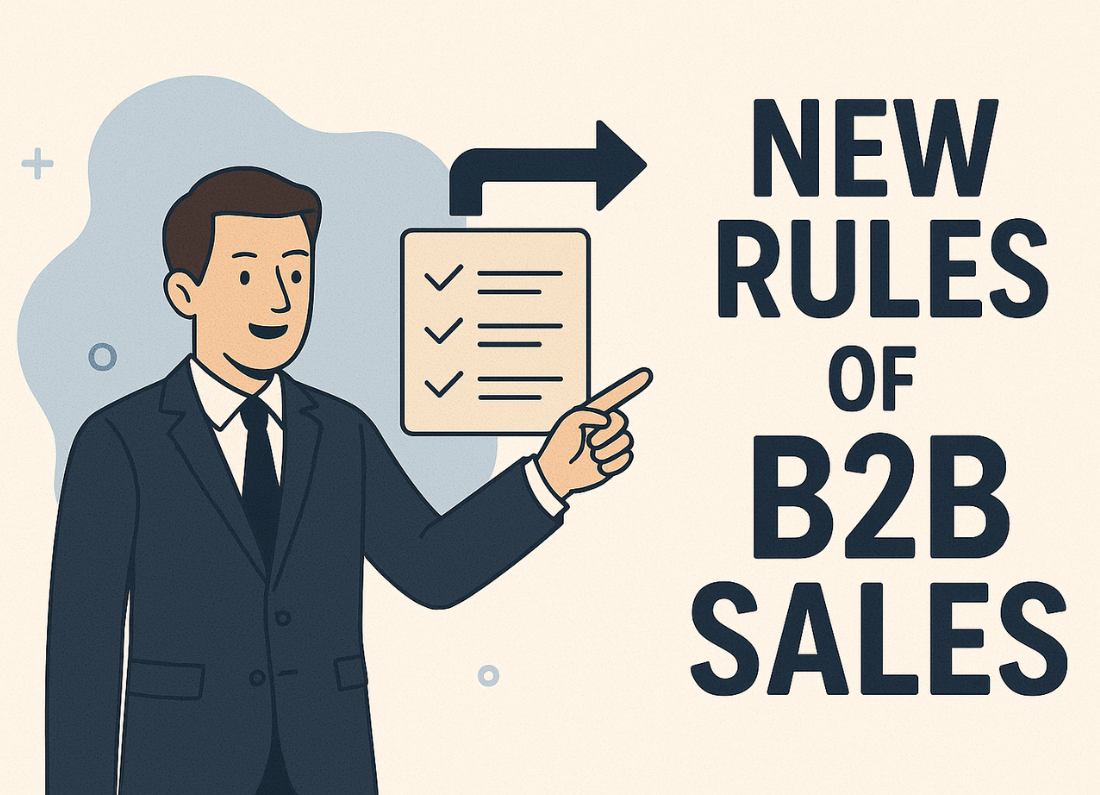
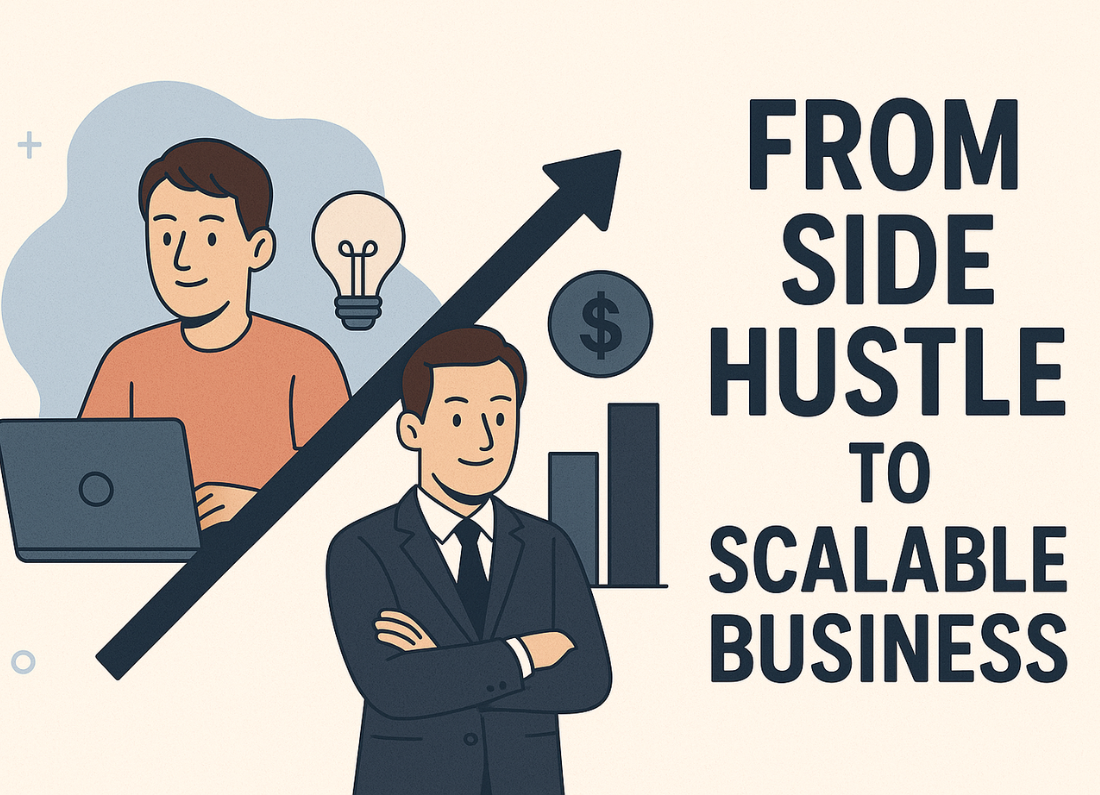
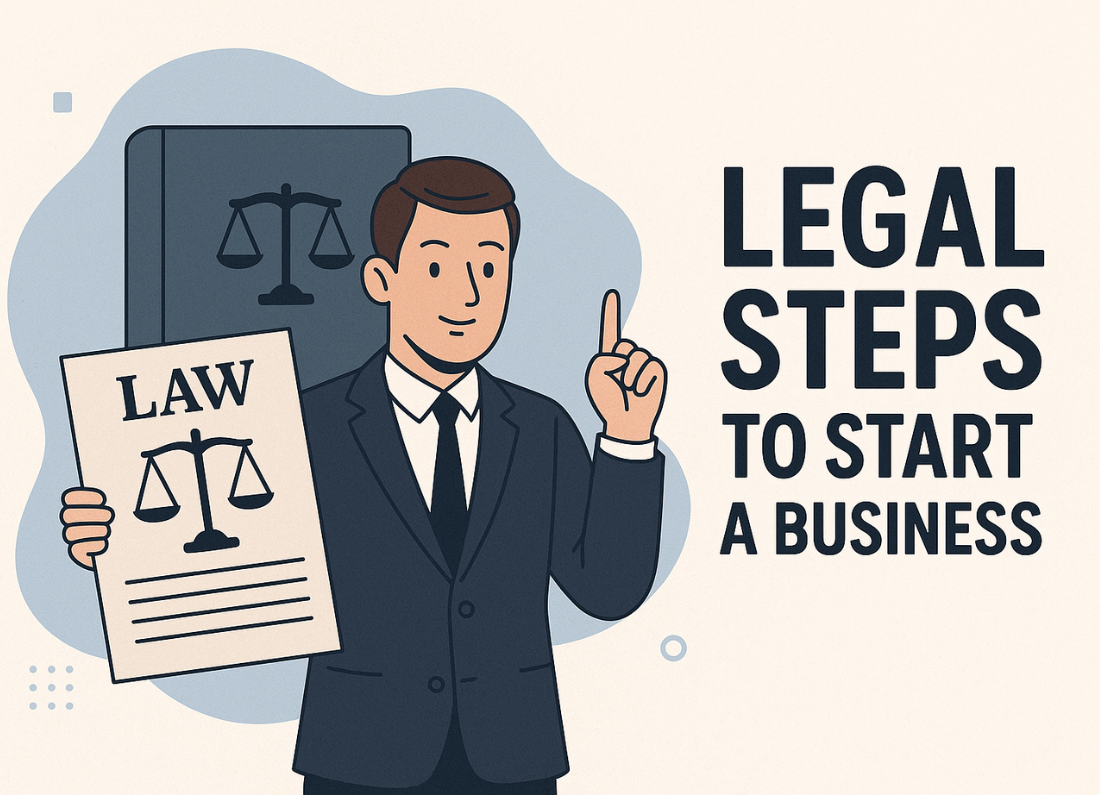









Leave a Reply